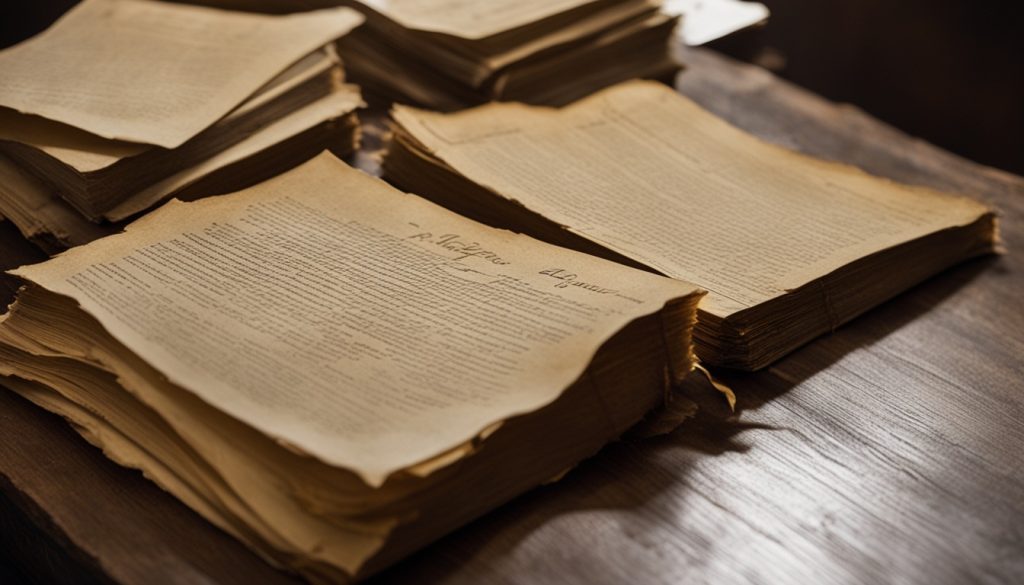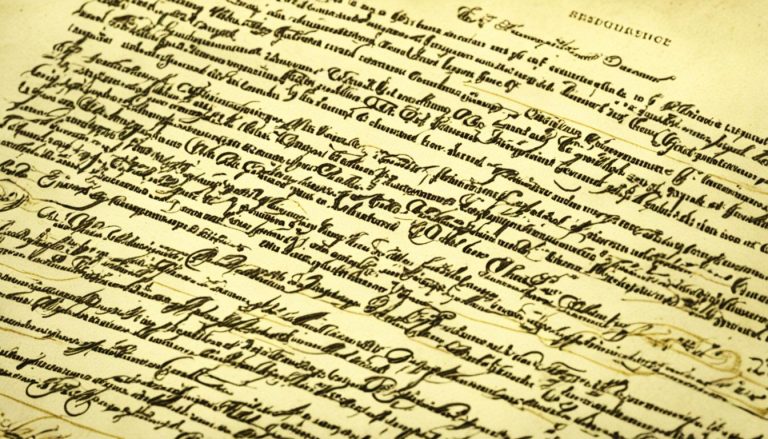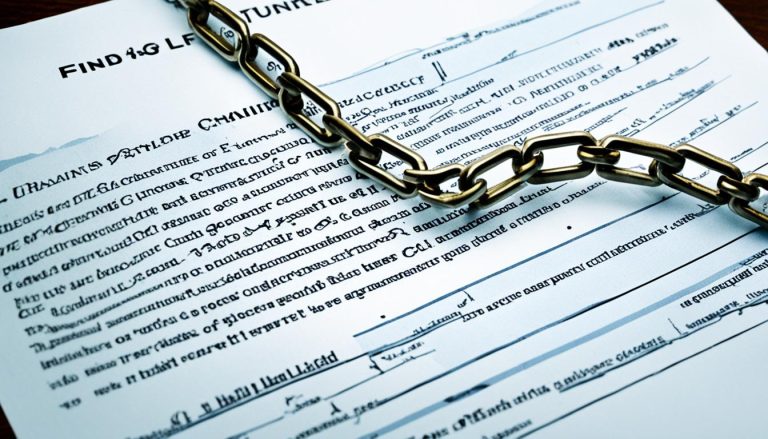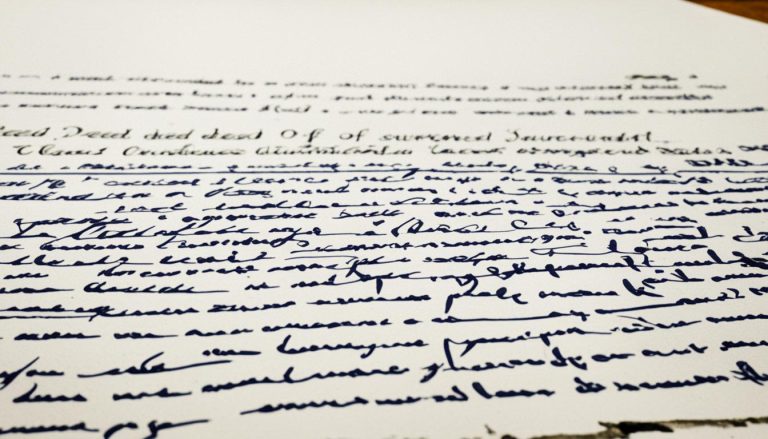Have you ever misplaced or lost the title deeds to your property? If so, you’re not alone. Losing these crucial legal documents can be a stressful and daunting experience, leaving many homeowners wondering, “Can lost title deeds be replaced?” The good news is that the answer is yes, but the process can vary depending on the status of your property’s registration.
In this comprehensive guide, we’ll walk you through the steps to replace lost title deeds, ensuring you maintain legal proof of your property ownership.
Title deeds are the legal documents that demonstrate your ownership of a property. They contain a wealth of information, including details about mortgages, leases, contracts, and any wills or conveyances related to the property.
These deeds are an essential record of your legal rights and ownership claims. So, what happens if you lose them? Can you still prove your ownership and navigate the complex process of replacing lost title deeds? Let’s explore the answers and guide you through the steps to reclaim your rightful property documents.
The Importance of Title Deeds
Title deeds are a critical component of property ownership, serving as the definitive record of a homeowner’s legal rights and history of ownership.
These documents encompass a wealth of vital information, including details about mortgages, leases, contracts, and any wills or conveyancing related to the property.
What Are Title Deeds?
Title deeds are a series of documents that collectively prove the ownership of a property and trace its ownership history. They provide a comprehensive record of the chain of ownership, from the original purchase to the present day, ensuring the legal integrity of the homeowner’s claim to the property.
The Legal Significance of Title Deeds
The legal significance of title deeds cannot be overstated. These documents serve as the primary evidence of a homeowner’s ownership rights, demonstrating the unbroken chain of ownership throughout the property’s history.
They are an essential component in any property transaction or legal dispute, and their loss or misplacement can create significant challenges in proving ownership.

Registered vs. Unregistered Properties
Since 1990, it has been a legal requirement for the HM Land Registry to hold a copy of the title deeds for any registered property in the UK. The Land Registry’s copy of the deeds is the definitive record of the property’s ownership.
Registered Properties and the Land Registry
For registered properties, the Land Registry maintains a comprehensive database of title records, providing a centralised and easily accessible source of information about the property’s legal ownership.
This system ensures that the registered title deeds are the authoritative evidence of ownership, offering greater security and clarity for homeowners.
Unregistered Properties and the Need for Deeds
In contrast, unregistered properties have not been recorded with the Land Registry. For these properties, the original paper copy of the title deeds is typically the only evidence of ownership. Losing the deeds to an unregistered property can create significant challenges in proving ownership, as there is no centralised record maintained by the authorities.

Can Lost Title Deeds Be Replaced?
Losing title deeds can feel alarming, but in the UK it is possible to replace them through HM Land Registry. Whether the property is already registered or still unregistered will determine how straightforward the process is.
For most modern properties, deeds have been digitised and are stored electronically, making replacement a matter of requesting an official copy. For unregistered properties, however, the process is more complex and often requires professional guidance.
What Should You Do for Registered Property?
If your property is already registered at HM Land Registry, the situation is much easier to resolve:
-
Contact a solicitor or conveyancer: They may have retained copies of the title documents from your original purchase.
-
Apply to HM Land Registry: You can request an official copy of your title register and title plan. These documents provide a legal summary of ownership and rights over the property.
-
Provide evidence if required: If there are questions about ownership history, you may need to demonstrate your connection with the property, such as proof of purchase or mortgage records.
In most cases, this is enough to replace lost deeds since Land Registry now serves as the definitive record of ownership.
For older properties, especially those never formally registered, you will need to reconstruct the title:
-
Engage a solicitor: Reconstructing an unregistered title is complex, so professional guidance is strongly recommended.
-
Apply for first registration: This process records the property for the first time with HM Land Registry.
-
Submit supporting documents: These may include statutory declarations from neighbours or third parties confirming your long-standing ownership, as well as historic deeds or mortgages.
-
Provide a full account: You’ll need to detail how the deeds were lost or destroyed and provide as much ownership history as possible.
This process often results in a possessory title rather than an absolute title.
What Is the Difference Between Possessory and Absolute Title?
-
Absolute Title: This is the strongest form of ownership, fully recognised by HM Land Registry, and is standard for registered properties.
-
Possessory Title: This may be granted where ownership is proven but the original deeds cannot be produced. It is less secure and may affect resale or mortgage applications.
After 12 years of unchallenged ownership, you can usually apply to upgrade from possessory to absolute title.
How Does Losing Title Deeds Affect Selling a Property?
If you only hold a possessory title, it can reduce the property’s value and make potential buyers hesitant. Mortgage lenders may also be more cautious. That’s why it’s important to resolve deed issues before marketing the property for sale.
A solicitor will often recommend applying for absolute title where possible, or at least preparing evidence that reassures buyers and lenders.
Why Should You Consult a Specialist Solicitor?
Dealing with lost title deeds is not always straightforward. A property solicitor or conveyancer with experience in reconstituting titles can:
-
Guide you through the Land Registry process.
-
Ensure statutory declarations and supporting documents are correctly prepared.
-
Maximise the chances of securing absolute title.
-
Advise you on the implications for future sales or mortgages.

How to Reconstruct the Title History?
To support the application for First Registration, the homeowner should attempt to reconstruct the title history by obtaining certified copies or completed drafts of the conveyance, transfer, or assignment to the applicant, as well as certified copies or examined abstracts of the earlier deeds forming the title.
Obtaining Copies and Abstracts
The homeowner should gather any available documents related to the property’s ownership, such as previous conveyance deeds, transfer documents, or assignments. These should be obtained as certified copies or completed drafts to provide a clear record of the chain of ownership.
In addition, the homeowner should seek out certified copies or examined abstracts of the earlier deeds that form the full title history. These documents can help piece together the complete story of the property’s ownership, which is crucial for the First Registration process.
Statutory Declarations and Statements of Truth
The reconstructed title history should be supported by statutory declarations, statements of truth, or certificates from conveyancers or authorised officials. These documents should explain the source of the copies, drafts, and abstracts, and confirm the proper execution and stamping of the relevant documents.
By providing this supporting evidence, the homeowner can demonstrate their diligence in attempting to recreate the title history and strengthen their case for First Registration with the Land Registry.

The Application Process
The homeowner should apply for First Registration using the appropriate forms (FR1 and DL) and ensure the correct fee is paid. They should also provide the account of the events leading to the loss or destruction of the deeds, as well as the reconstructed title history and supporting evidence.
Submitting the Application
The application for First Registration should be submitted to the Land Registry, along with the necessary documentation and fees. This includes the completed FR1 and DL forms, the account of the events leading to the loss of the deeds, and the reconstructed title history with supporting evidence such as statutory declarations, statements of truth, and copies or abstracts of the relevant documents.
Surveyor Inspection and Ordnance Survey Maps
The Land Registry may request a surveyor inspection of the property before completing the registration process. In such cases, the homeowner may need to supply a plan that allows the Land Registry to identify the property on the Ordnance Survey map, particularly if the verbal description of the property is insufficient.

Conclusion
In conclusion, lost title deeds can be replaced, but the process differs depending on whether the property is registered or unregistered. For registered properties, obtaining copies from the Land Registry is relatively straightforward, as the definitive record of ownership is held by the Land Registry.
However, for unregistered properties, the challenge of replacing lost title deeds is more complex. Homeowners must go through the First Registration process, providing extensive evidence of their ownership and reconstructing the title history. This can be a time-consuming and detailed process, but it is essential for maintaining legal proof of their property ownership.
By understanding the required steps, whether for registered or unregistered properties, homeowners can navigate the process of replacing lost title deeds and ensure they have the necessary documentation to demonstrate their rightful ownership. This not only protects their investment but also provides peace of mind and assurance in their property rights.
FAQs
How can I replace lost title deeds for a registered property?
If a property is registered, losing the copy of the title deeds can be easily resolved by obtaining copies of the property summary, title plan, and title register from the Land Registry website for a small fee.
How can I replace lost title deeds for an unregistered property?
For unregistered properties, lost title deeds pose a greater challenge in proving ownership. In this case, the homeowner will need to complete an application for First Registration with the Land Registry and provide evidence to support their claim of ownership.
What evidence is required for the First Registration application?
To support the application for First Registration, the homeowner should attempt to reconstruct the title history by obtaining certified copies or completed drafts of the conveyance, transfer, or assignment to the applicant, as well as certified copies or examined abstracts of the earlier deeds forming the title. This should be supported by statutory declarations, statements of truth, or certificates from conveyancers or authorised officials.
How do I submit the application for First Registration?
The homeowner should apply for First Registration using the appropriate forms (FR1 and DL) and ensure the correct fee is paid. They should also provide the account of the events leading to the loss or destruction of the deeds, as well as the reconstructed title history and supporting evidence.






